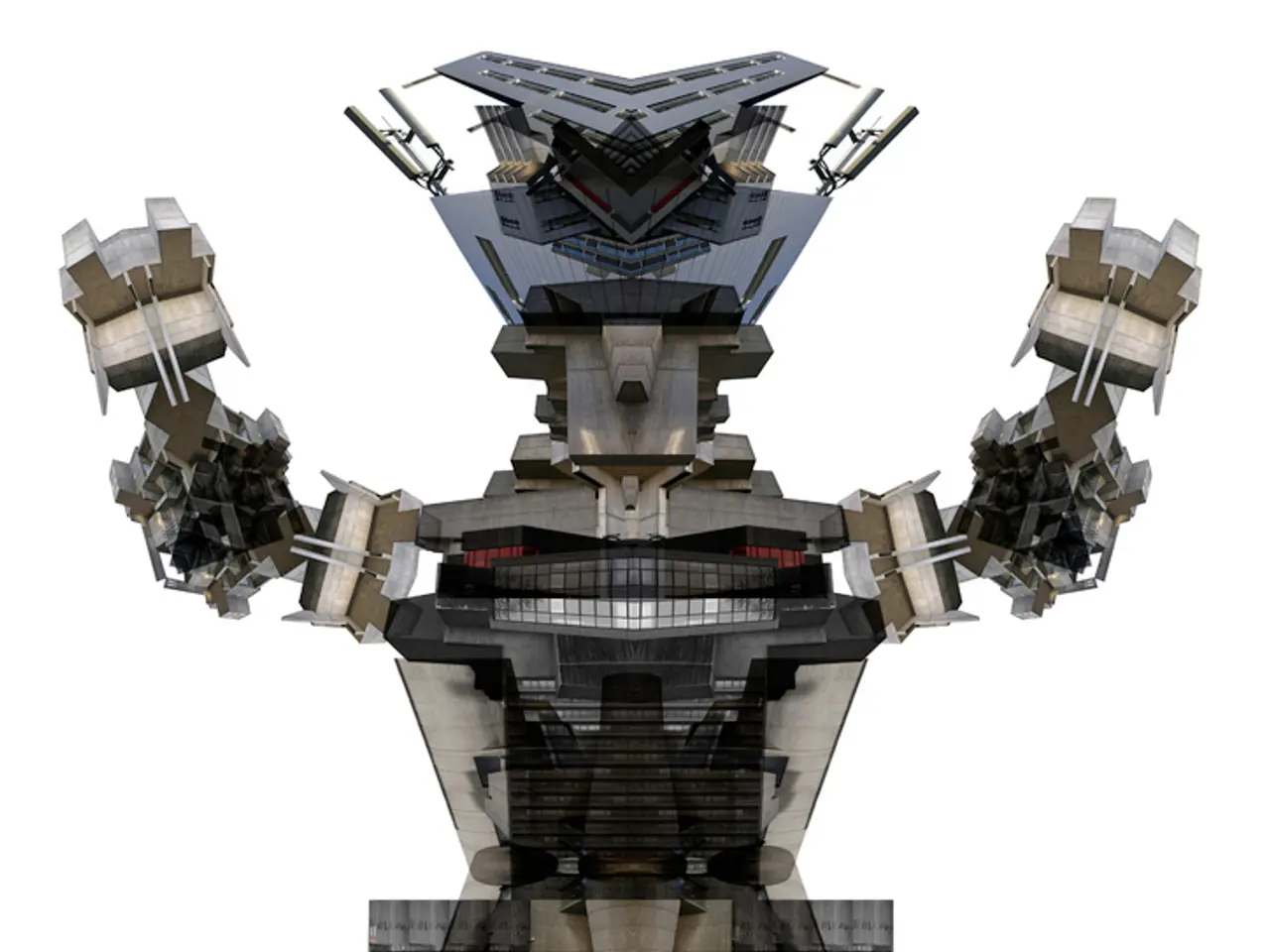Robot-aided heart valve surgery receives notable breakthrough announcement from CardioPrecision.
In a significant breakthrough for cardiac surgery, Glasgow-based company CardioPrecision has executed the world's first robotic aortic valve replacement (AVR) through a tiny incision in the neck. This pioneering procedure, known as the RAVR procedure, was successfully carried out by Dr. Marijan Koprivanac and his team at the internationally renowned Cleveland Clinic's Heart, Vascular & Thoracic Institute[1][3].
The RAVR procedure utilises a transcervical approach, accessing the aortic valve through a small incision in the neck instead of traditional open-heart surgery. This innovative method aims to reduce patient trauma, pain, and hospital recovery time[1][3].
The procedure was facilitated by the CoreVista® Robot Enabling Platform, which allows for robot-assisted surgery with specialised instruments. This technology enables surgeons to implant either sutureless or conventional sutured aortic valves with precision. The Perceval Plus sutureless valve by Corcym was notably used in this first clinical robotic AVR[1][4].
Dr. Koprivanac, the surgeon who led the groundbreaking surgery, stated that combining the artificial heart valve with this new surgical technology means patients should experience less pain and less time in the hospital following heart surgery[1][3][4]. The RAVR procedure represents a significant advancement in the field of cardiac surgery, offering a minimally invasive alternative for patients with aortic valve disease.
CardioPrecision's Executive Chair, Graham Watson, congratulated the company on its landmark breakthrough, stating that the RAVR procedure could fundamentally make patients' lives better[1]. Fraser Sutherland, MD, Chief Medical Officer of CardioPrecision, expressed his excitement, stating that the journey to realise their vision - to enable heart surgery to be performed through a small incision in the neck - began over a decade ago and is already delivering tangible patient benefits[1].
The Cleveland Clinic's Heart, Vascular & Thoracic Institute, known for its leading cardiovascular care, performed this pioneering surgery, underscoring the institution’s leadership in cardiovascular care and innovation[2][3]. Collaborations are underway with other institutions like the University of Chicago and partners such as Corcym to advance this robotic AVR approach further and disseminate it globally[5].
As the field of cardiology continues to evolve, the RAVR procedure represents a significant leap in cardiac surgery by offering a less invasive option with potentially better patient outcomes, shorter hospital stays, and faster recovery compared to conventional open-heart valve replacement surgeries[1][3][5]. It opens a new frontier for robotic surgery in cardiology, leveraging advanced technology to enhance safety and efficacy.
[1] Cleveland Clinic Press Release, "CardioPrecision Achieves Groundbreaking Milestone with World's First Robotic Transcervical Aortic Valve Replacement" [2] Cleveland Clinic, "Heart, Vascular & Thoracic Institute" [3] CardioPrecision Press Release, "CardioPrecision Achieves Groundbreaking Milestone with World's First Robotic Transcervical Aortic Valve Replacement" [4] The Journal of Thoracic and Cardiovascular Surgery, "First Robotic Transcervical Aortic Valve Replacement Using CoreVista Robot Enabling Platform" [5] Medical Xpress, "Cleveland Clinic and CardioPrecision Collaborate on Robotic Transcervical AVR"
Read also:
- Explored the Popular Health Assessment with a Queue of 100,000 Aspiring Participants - Here's My Unadulterated Opinion
- Hearing impairment condition: Recognizing symptoms and management approaches
- Signs of Cataracts Emergence: Impact on Vision and Further Details
- Thrombocytopenia in Large Scale: Root Causes, Identifiable Symptoms, and Available Treatment Options





